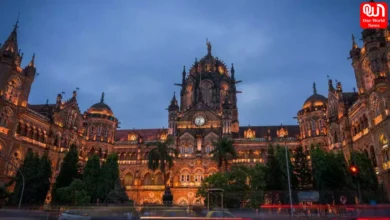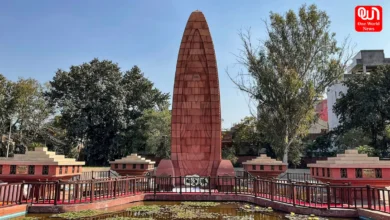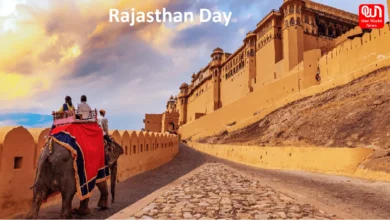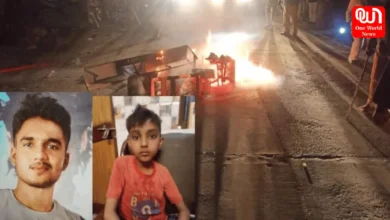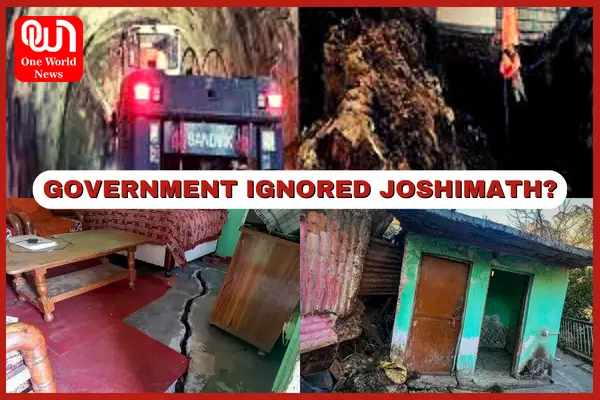
Know the real reasons behind the Joshimath land crisis
Joshimath, Uttarakhand’s holy town, has descended into a full-blown land crisis, according to reports in the Modi government, caused by several factors such as inadequate drainage systems, the development of unstable land mass without necessary checks, and deforestation.
As Homes have begun to fall apart, people are being relocated to safer areas, and banned drilling activity has resumed in the dead of night. According to an NDTV report,the stone-
After the crushers finished their work, cranes could be seen removing stones from the area. Over a kilometre away, drilling noise could be heard, yet no one intervened to stop the workers.
Due to soil subsidence, or the lowering of the surface, which has resulted in severe cracks in 721 homes, all development work has been halted in and around Joshimath. Additionally, work on an all-weather road was suspended.
Read More- Joshimath sinking: Uttarakhand CM ordered an immediate evacuation
The temple town, known as the entrance to Badrinath, is home to thousands of people who live in fear. Following a satellite survey, about 4,000 people were relocated to relief camps.
Additionally, Prime Minister Narendra Modi spoke with Chief Minister Pushkar Dhami and went over the situation, including all measures to ensure the inhabitants’ safety and rehabilitation. PM Modi also promised the Chief Minister all necessary support.
Many locals blame the National Thermal Power Corporation’s (NTPC) hydroelectricity project, claiming that the land became unstable due to the tunnel blasting. NTPC has rejected the charge.
However, what caused Joshimath to “sink”?
In a report released in September 2022 by the Uttarakhand State Disaster Management Authority (USDMA), the town’s poorly planned construction was primarily cited as a significant contributor to the land sinking.
The report also noted that the issue had been worsened by insufficient drainage and wastewater disposal facilities, according to geologist Yaspal Sundriyal of the Hemvati Nandan Bahuguna (HNB) Garhwal University in Srinagar, Garhwal. Since there is no wastewater management, most homes have soak pits that have driven loose material into the ground, causing land to sink.
JOSHIMATH SINKING THREAD:
All the coverage on Joshimath will show you visuals of haphazard construction n tilted homes with cracks, n also build a narrative that it is the main reason for the disaster. That’s half the truth and a coverup exercise, to protect the main CULPRIT. ++— Vimlendu Jha विमलेंदु झा (@vimlendu) January 10, 2023
Joshimath was constructed on a slope covered in landslide deposits. The deposits may have become more stable through time. Still, the slopes have been damaged by indiscriminate buildings and projects like highways and dams involving explosives, drilling, and extensive digging.
The issue of land subsidence also existed decades ago. The MC Mishra Committee was established to investigate the causes of it. The Mishra Committee warned against excavating the slopes, removing the boulders with explosives, and digging.
Since 2004, protests have also been held against the NTPC’s 520 MW Tapovan Vishnugad hydropower project by members of the “Joshimath Bachao Sangharsh Samiti.” They consider it the primary factor contributing to Joshimath’s land subsidence.
A High Powered Committee (HPC) appointed by the Supreme Court examined the project in Char Dham and recommended a geotechnical feasibility study before the road was constructed. However, geologist Navin Juyal’s recommendations should have been addressed.
The government introduced several projects, including rail projects. 70% of the project is tunnel-based, increasing the likelihood of landslides and causing permanent groundwater damage.
More than 66 tunnels are being constructed in various parts of Uttarakhand, which led to non-stop Digging, and blasting, causing more landslides and making the land hollow.


